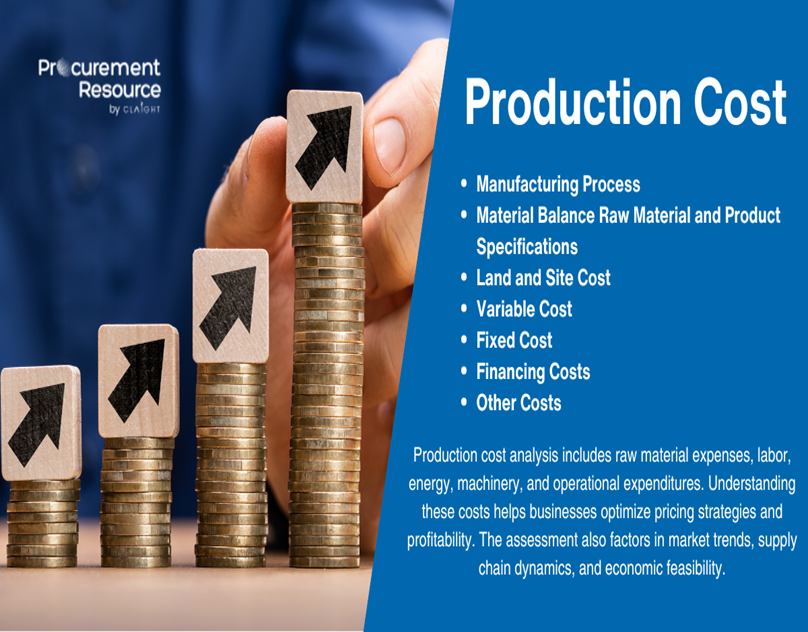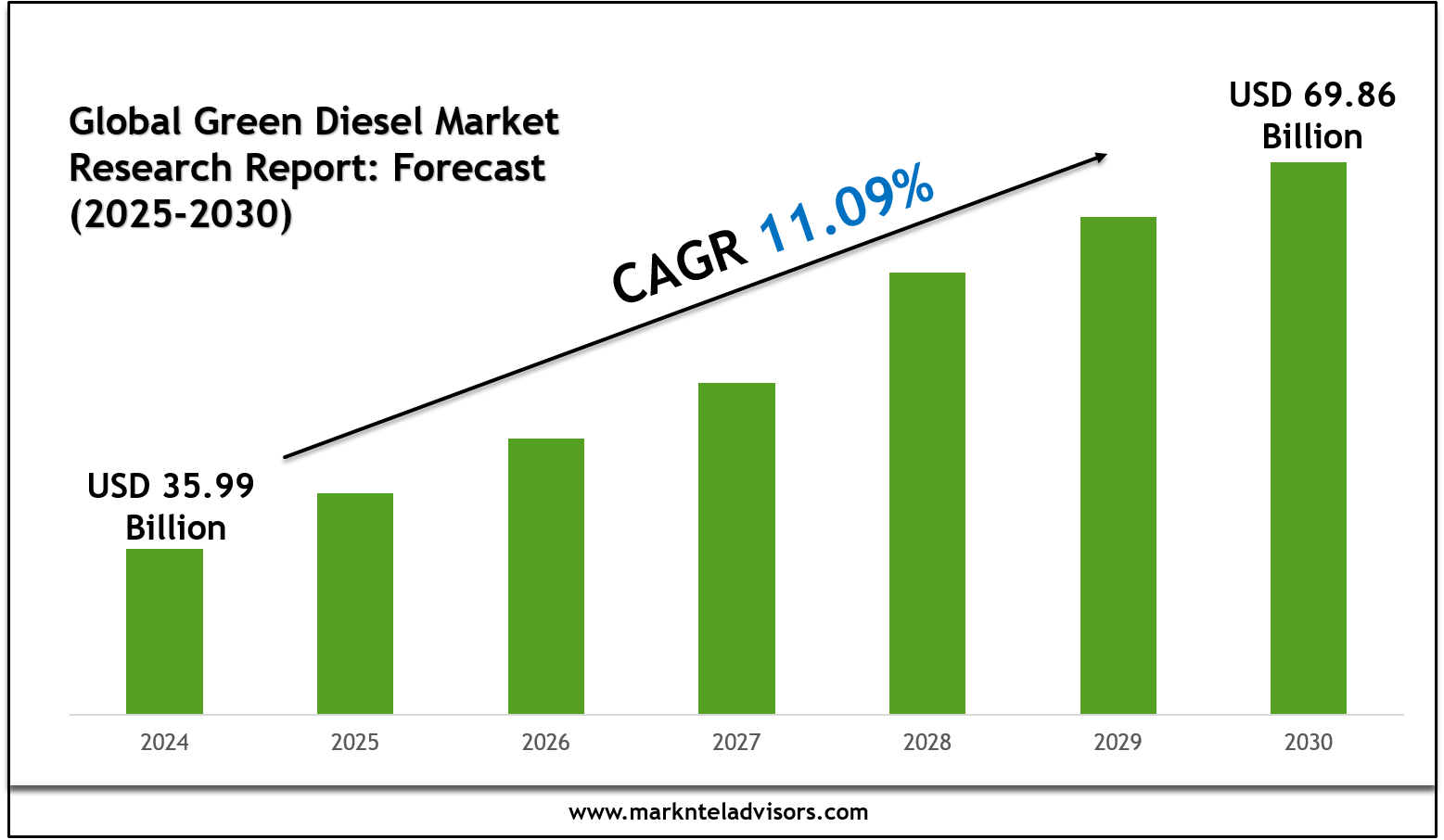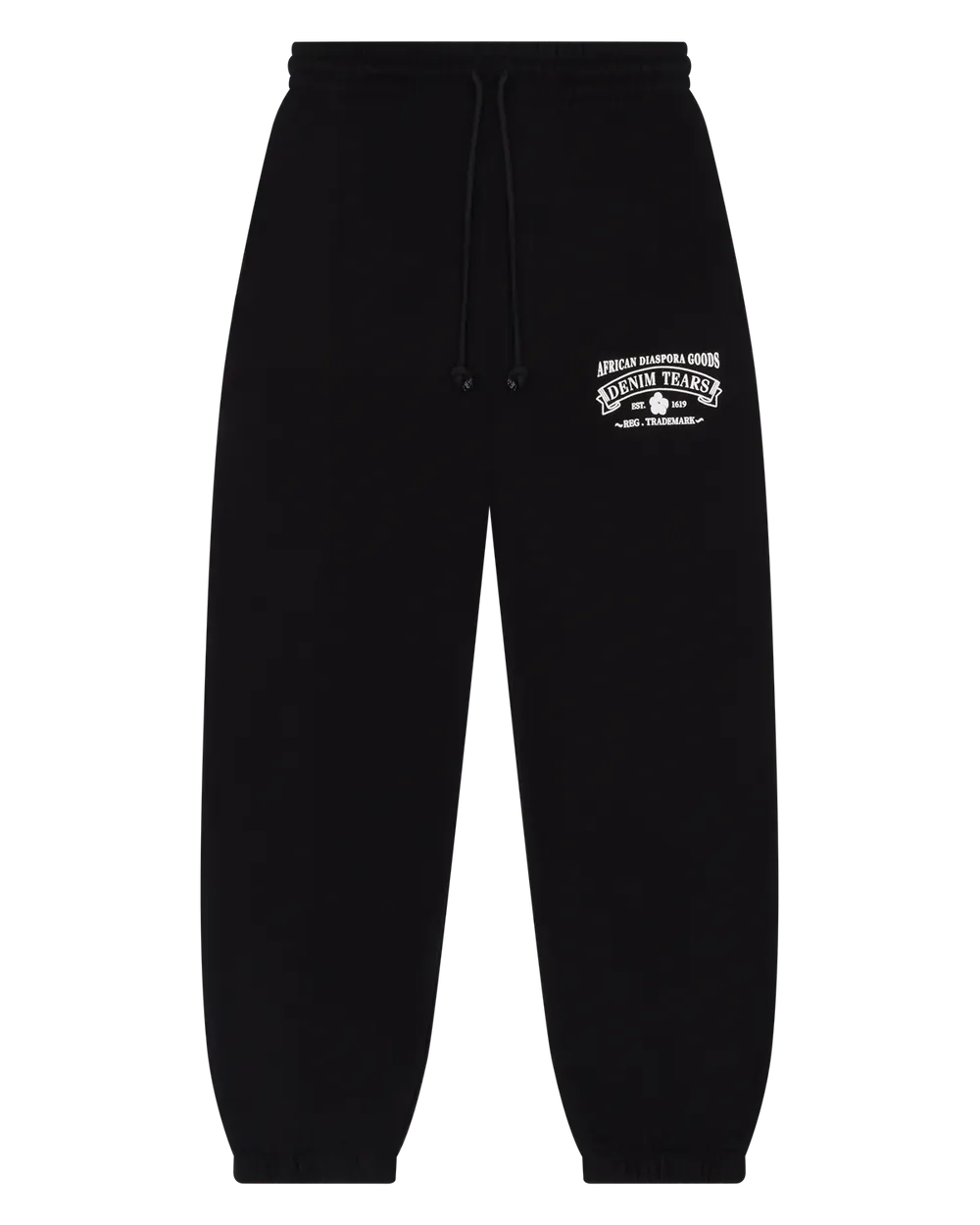Latest N,N-Diethylaniline Production Cost Report by Procurement Resource

Procurement Resource, a global leader in procurement intelligence and production cost analysis, is proud to release its latest N,N-Diethylaniline Production Cost Report. This extensive report is designed to provide a complete cost-based evaluation of the production process, raw material usage, technological requirements, operational insights, and economic feasibility of producing N,N-Diethylaniline (N,N-DEA)—a crucial intermediate in several industrial sectors.
Whether you’re a specialty chemical manufacturer, investor, or procurement strategist, this report serves as a vital decision-making tool, offering clarity on cost structures, market opportunities, and technological pathways.
N,N-Diethylaniline: A Versatile Industrial Intermediate
N,N-Diethylaniline (C10H15N) is an aromatic amine derived from aniline, containing two ethyl groups attached to the nitrogen atom. It appears as a yellow to brown liquid and has a characteristic amine odor. Its unique electronic and structural properties make it an essential intermediate in:
- Dye and pigment production (especially azo dyes)
- Pharmaceutical synthesis
- Agrochemical intermediates
- Polymerization inhibitors
- Photographic chemicals
- Rubber chemicals
Given its extensive applications and relatively simple synthesis, N,N-DEA is widely produced in industrial chemical zones globally, particularly in Asia-Pacific and Europe.
Complete Production Cost Report for Strategic Decision-Making
The N,N-Diethylaniline Production Cost Report by Procurement Resource offers a detailed breakdown of production routes, material inputs, utilities, equipment, and labor costs. It supports stakeholders in:
- Evaluating capital investments for new plants
- Assessing operating expenses (OPEX)
- Benchmarking global market prices
- Planning procurement and raw material sourcing
- Forecasting profitability and ROI
Global Market Overview and Demand Outlook
Key Applications Driving Demand
- Textile & Dye Industry: A major consumer of N,N-DEA for manufacturing azo dyes and intermediates.
- Agrochemicals: Used in the synthesis of selective herbicides and pesticides.
- Pharmaceuticals: Acts as a starting material or intermediate for active ingredients.
- Specialty Chemicals: Functions as a stabilizer, accelerator, and photochemical reagent.
Regional Demand Insights
- Asia-Pacific: Dominates production and consumption, with China and India as key players.
- Europe: Consistent demand from dyes, pharmaceuticals, and rubber processing sectors.
- North America: Stable market with regulated production focused on high-purity grades.
The report includes price trend analysis, import-export data, and regulatory outlooks for each region.
Production Process and Technical Insights
Common Production Method
The most prevalent method for synthesizing N,N-Diethylaniline is the alkylation of aniline using diethyl sulfate or ethyl halides (like ethyl bromide) under basic or acidic conditions.
Representative Reaction:
C6H5NH2 (Aniline) + 2 C2H5X → C6H5N(C2H5)2 + 2 HX
Where X = Br, Cl, or OSO3 (sulfate)
Alternative Catalytic Process:
- Using ethanol with acidic catalysts under elevated temperatures (Friedel-Crafts alkylation)
- This route may be more sustainable but requires process optimization
Reaction Conditions:
- Temperature: 80°C to 150°C
- Solvent: Often solvent-free or uses toluene as a carrier
- Catalyst: H₂SO₄, AlCl₃, or zeolite-based systems
- By-products: Hydrohalic acids or water (depending on route)
Machinery and Plant Setup Requirements
For small to medium-scale production of N,N-Diethylaniline, the following equipment is essential:
- Glass-lined/stainless steel reactors
- Heating and reflux systems
- Condensers and distillation units
- Neutralization tanks (for acid scavenging)
- Vacuum dryers or solvent recovery systems
- Filtration and product collection vessels
- Safety equipment for amine and alkyl halide handling
Automation Options:
- Semi-automated batch processes are typical
- Fully-automated continuous systems preferred for high-throughput or pharma-grade applications
Infrastructure and Utility Requirements
To ensure safe and continuous operation, production facilities require:
- Adequate ventilation and exhaust systems (due to amine vapors)
- Fire-resistant storage areas for flammable reactants
- Continuous power, steam, and water supply
- Wastewater treatment and emission control systems
- Storage tanks for ethanol, aniline, and final product
The report includes utility consumption estimates for electricity, water, cooling, and steam.
Manpower and Compliance Considerations
A typical N,N-DEA production unit employs:
- Process and chemical engineers
- Skilled operators for reaction and distillation monitoring
- QA/QC staff for chemical purity assurance
- Safety officers and EHS compliance teams
Regulatory Requirements:
- Compliance with OSHA, REACH, and local pollution control norms
- Proper labeling and hazard classification under GHS
- Safe disposal or neutralization of amine-based effluents and halide by-products
Financial and Economic Analysis
Capital Investment Estimates
Investment requirements vary based on plant capacity, target markets (industrial vs. pharma-grade), and level of automation.
Operating Cost Breakdown
Key cost components analyzed in the report include:
- Raw materials: Aniline, diethyl sulfate or ethyl bromide
- Catalysts and process solvents
- Utilities: Heating, water, electricity
- Labor and overhead
- Waste handling and environmental compliance
- Packaging and transport
Raw material input typically accounts for 50–65% of the total operating cost.
Market Pricing and Profitability
The report projects:
- Gross profit margins across production scales
- ROI over a 5-year timeline
- IRR and NPV based on realistic sales volumes
- Sensitivity analysis for raw material price fluctuations
Break-Even and Payback Analysis
Understanding the financial timeline is key for new entrants. The report includes:
- Break-even capacity (in MT/year)
- Payback period (2.5 to 4 years typical for medium-scale plants)
- Risk-adjusted cost modeling under market volatility
- Pricing flexibility vs. raw material indexation
Sustainability and Innovation Opportunities
As environmental regulations tighten, producers are exploring:
- Green alkylation using ethanol and catalysts under mild conditions
- Solvent-free synthesis to reduce emissions and costs
- On-site recycling of hydrochloric or sulfuric acid
- Use of renewable aniline derived from biomass (in early R&D phase)
The report covers upcoming trends in sustainable production, zero-liquid discharge, and green chemistry compliance.
Why Choose Procurement Resource?
Procurement Resource provides reliable, data-driven intelligence across 800+ chemical products, helping businesses:
- Analyze production costs and optimize sourcing
- Benchmark global prices and competitors
- Plan expansions or plant setups confidently
- Navigate environmental and regulatory constraints
Our N,N-Diethylaniline Production Cost Report is curated by expert chemical analysts and economists to deliver strategic insights you can act on.
Get a Free Sample of the Report
Looking to invest in N,N-Diethylaniline production or optimize your procurement strategy? This report is your essential guide.
Request your free sample today: https://www.procurementresource.com/production-cost-report-store/n-n-diethylaniline/request-sample
About Procurement Resource
Procurement Resource is a global provider of market intelligence, cost modeling, and feasibility reports. With clients across North America, Europe, Asia-Pacific, and MENA, we support strategic decisions for chemicals, pharmaceuticals, packaging, energy, and more.
Contact Information
Company Name: Procurement Resource
Contact Person: Ashish Sharma (Sales Representative)
Email: sales@procurementresource.com
Location: 30 North Gould Street, Sheridan, WY 82801, USA
Phone:
UK: +44 7537171117
USA: +1 307 363 1045
Asia-Pacific (APAC): +91 1203185500
Connect With Us Online:
https://twitter.com/procurementres
https://www.linkedin.com/company/procurement-resource-official




